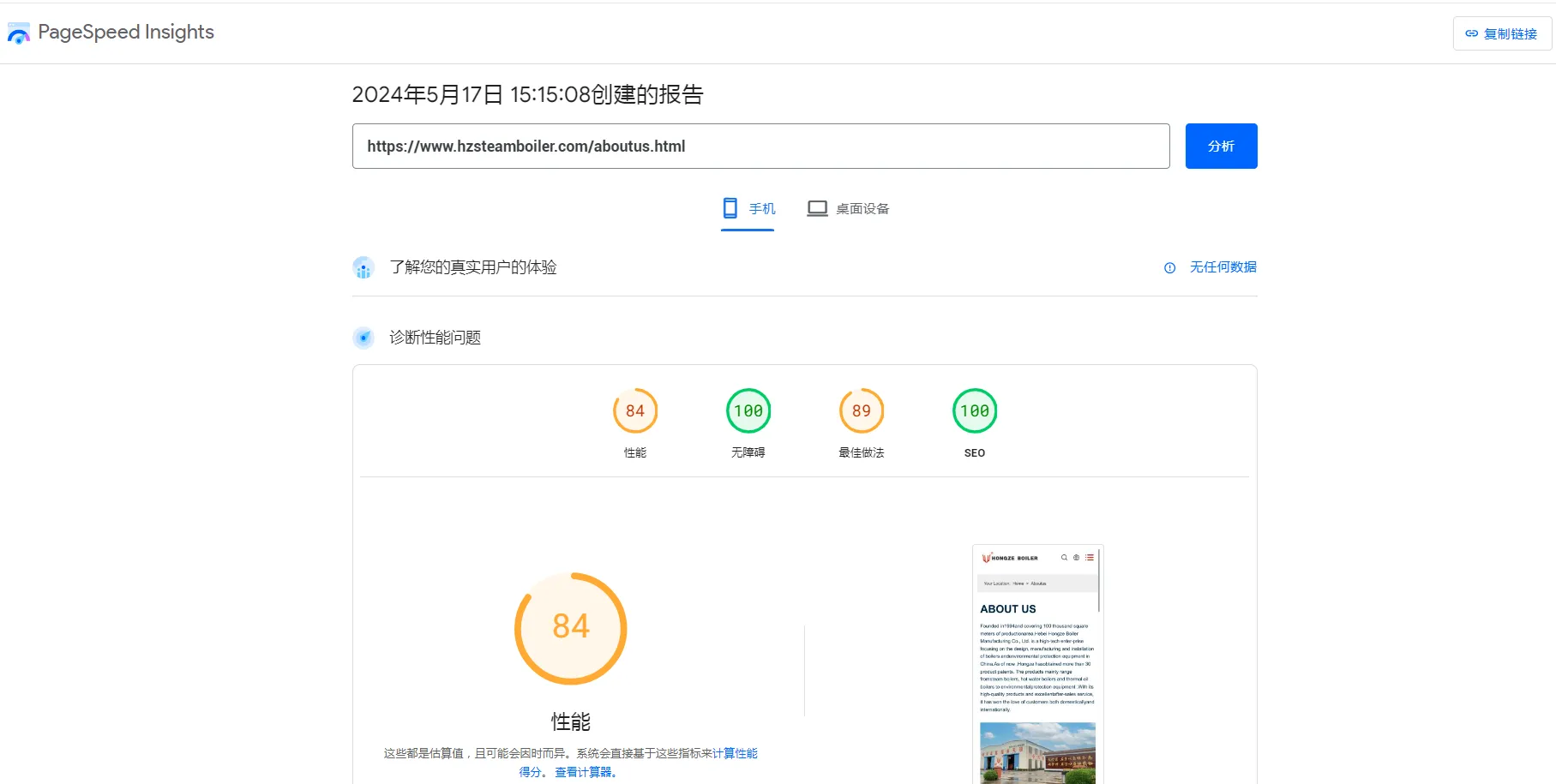-
Cangzhou Yulong Steel Co., Ltd.
-
Phone:
+86 13303177267 -
Email:
admin@ylsteelfittings.com
- English
- Arabic
- Italian
- Spanish
- Portuguese
- German
- kazakh
- Persian
- Greek
- French
- Russian
- Polish
- Thai
- Indonesian
- Vietnamese
- Zulu
- Korean
- Uzbek
- Hindi
- Serbian
- Malay
- Ukrainian
- Gujarati
- Haitian Creole
- hausa
- hawaiian
- Hebrew
- Miao
- Hungarian
- Icelandic
- igbo
- irish
- Japanese
- Javanese
- Kannada
- Khmer
- Rwandese
- Afrikaans
- Albanian
- Amharic
- Armenian
- Azerbaijani
- Basque
- Belarusian
- Bengali
- Bosnian
- Bulgarian
- Catalan
- Cebuano
- China
- China (Taiwan)
- Corsican
- Croatian
- Czech
- Danish
- Esperanto
- Estonian
- Finnish
- Frisian
- Galician
- Georgian
- Kurdish
- Kyrgyz
- Lao
- Latin
- Latvian
- Lithuanian
- Luxembourgish
- Macedonian
- Malgashi
- Malayalam
- Maltese
- Maori
- Marathi
- Mongolian
- Myanmar
- Nepali
- Norwegian
- Norwegian
- Occitan
- Pashto
- Dutch
- Punjabi
- Romanian
- Samoan
- Scottish Gaelic
- Sesotho
- Shona
- Sindhi
- Sinhala
- Slovak
- Slovenian
- Somali
- Sundanese
- Swahili
- Swedish
- Tagalog
- Tajik
- Tamil
- Tatar
- Telugu
- Turkish
- Turkmen
- Urdu
- Uighur
- Welsh
- Bantu
- Yiddish
- Yoruba

Oct . 16, 2024 15:25 Back to list
API 5L X60 PSL2 Specification Overview and Key Highlights for Pipeline Construction
Understanding API 5L X60 PSL2 Specification
The API (American Petroleum Institute) 5L specification is a widely recognized standard that governs the design and manufacturing of pipe for use in the transportation of oil and gas. One of the key grades within this specification is the X60, which indicates specific mechanical properties and chemical composition suitable for high-strength applications. In this article, we will explore the API 5L X60 PSL2 specification, its significance, and its applications in the oil and gas industry.
Overview of API 5L
API 5L encompasses specifications for line pipes that transport fluids such as oil, natural gas, water, and other substances. The specification categorizes pipes into various grades based on their yield strength and other mechanical properties. The PSL (Product Specification Level) designation further differentiates the requirements for manufacturing and testing, with PSL2 providing stricter quality control measures than PSL1.
Characteristics of X60 PSL2
The X60 PSL2 specification signifies a pipeline steel with a minimum yield strength of 60,000 psi (415 MPa). The PSL2 designation indicates that the pipe must undergo additional quality inspections and tests to ensure higher safety and reliability standards. Here are some defining characteristics of API 5L X60 PSL2
1. Chemical Composition The chemical make-up of X60 steel usually includes carbon, manganese, phosphorus, sulfur, and other alloying elements that enhance the pipe's strength and ductility. The carbon content typically ranges from 0.10% to 0.26%, providing optimal properties for high-strength applications.
2. Mechanical Properties The mechanical properties of X60 PSL2 include a minimum yield strength of 60,000 psi, a tensile strength of not less than 75,000 psi, and an elongation of at least 21% in 8 inches. These properties make it particularly suited for high-stress environments.
3. Manufacturing Standards Pipes produced under the API 5L X60 PSL2 specification must adhere to strict manufacturing processes, including specific welding practices, heat treatment, and inspection protocols.
api 5l x60 psl2 specification

4. Testing Requirements The PSL2 designation entails rigorous testing protocols to ensure the integrity of the pipe, including non-destructive testing (NDT) methods, impact tests at low temperatures, and tensile tests to verify the mechanical properties.
Applications
API 5L X60 PSL2 pipes are extensively used in various applications, primarily in the oil and gas sector. Here are some of the key applications
- Pipeline Transport X60 PSL2 pipes are ideal for long-distance transportation of crude oil, natural gas, and other hydrocarbons. Their high strength allows for thinner walls, which reduces overall weight and cost while maintaining structural integrity.
- Subsea Pipelines Due to their excellent toughness and resistance to environmental factors, API 5L X60 PSL2 pipes are often employed in subsea applications, where they are exposed to high pressure and lower temperatures.
- Gas Distribution The superior mechanical properties and reliability of X60 PSL2 pipes make them suitable for natural gas distribution networks, where safety and durability are paramount.
- Water Transport In addition to hydrocarbons, X60 PSL2 pipes can also be used for transporting water, especially in regions with significant pressure and temperature variations.
Conclusion
The API 5L X60 PSL2 specification represents a critical standard in the oil and gas industry. Its focus on high-strength materials and rigorous testing protocols ensures that pipelines can withstand the demanding conditions of high-pressure fluid transport. As global energy demands continue to rise, the importance of reliable materials such as API 5L X60 PSL2 cannot be overstated. It is crucial for engineers, project managers, and companies involved in pipeline construction to understand and comply with these specifications to ensure safety, reliability, and efficiency in their operations. The ongoing development and adherence to these standards will enable the industry to meet future challenges and advancements in technology.
Latest news
-
ANSI 150P SS304 SO FLANGE
NewsFeb.14,2025
-
ASTM A333GR6 STEEL PIPE
NewsJan.20,2025
-
ANSI B16.5 WELDING NECK FLANGE
NewsJan.15,2026
-
ANSI B16.5 SLIP-ON FLANGE
NewsApr.19,2024
-
SABS 1123 FLANGE
NewsJan.15,2025
-
DIN86044 PLATE FLANGE
NewsApr.19,2024
-
DIN2527 BLIND FLANGE
NewsApr.12,2024
-
JIS B2311 Butt-Welding Fittings LR/SR 45°/90° /180°Seamless/Weld
NewsApr.23,2024











